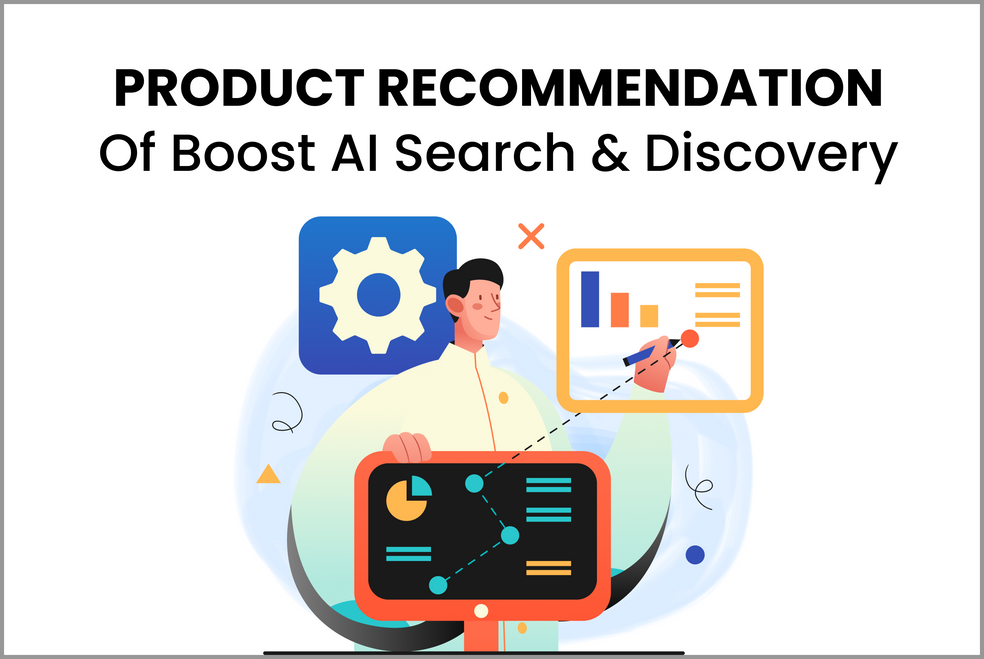What is Product Data Management (PDM) in E-Commerce?
A product data management (PDM) system is basically a platform that collects all data related to a business on a single, consolidated platform. These technologies enable data management for businesses, allowing processing and sharing of data across staff members.
Simply put, a PDM transforms information that teams can use to collaborate and advance a business plan from data that would previously have been retained for very basic purposes.
Examples of Product Data Management
The client owns a multi-brand online beauty store with over 30,000 different health, beauty, and personal care goods spread over more than 50 different categories. The client, based in Canada, deals in both domestic and foreign goods and ships them all over the world. The company was searching for an outsourced partner to expertly manage the product data and keep it in one accessible location. The client requested that we identify all existing sources of product data, remove any incorrect, partial, or irrelevant entries, clean the database, and finally merge all product data into a single area. SKUs, product names, descriptions, characteristics, photos, prices, reviews, etc. are all included in this data platform.
The product data management professionals would do as follows:
- Collected all the necessary and pertinent product information from a variety of trustworthy sources, such as printed catalogs, the manufacturer’s website, and the supplier’s website.
- Standardized and cleaned the product data to guarantee its accuracy
- Centralized the product details in one place and made sure they could be quickly accessed and updated on a frequent basis.
- Set user roles and permissions to ensure data security.
Types of E-commerce Product Data Management
PDM systems use a variety of product data types, including but not limited to:
- Data on a product’s composition/properties/product attributes.
- Product descriptions and specifications including data about a product’s physical attributes, such as size, color, and other characteristics like model and serial numbers.
- Data on product quantity and stock in the warehouse and/or inventory.
- Ads data, including metadata, keywords, and special links to online shopping carts.
- Information about the place of manufacture, production instructions, including certificates, licenses, and compliance with established product standards.
- Pricing and client names are examples of sales/commercial data.
- Data coming from suppliers and vendors.
- Translations of the majority of the information above into the languages spoken in the locations where a product is sold constitute region-specific data.
The importance of Product Data Management
Some of the key benefits of product data management are:
1. Increased data fusion
Since all data entries are double-checked against those that already exist in an online business, the data can be preserved and retrieved by all relevant channels without the risk of duplication. Due to the fact that everyone can access the data in the cloud, it also makes it easier for international teams to collaborate.
2. Improved supply chain performance
Reduced duplication and dispersion of product-related paperwork improves supply chain efficiency, preventing unnecessarily extended lead times in the process. For instance, a PDM system might offer data on product storage and inventory.
3. Effective product development.
PDM makes the product development process more streamlined and effective because past data is easily available to engineers and developers for usage in the manufacturing phase.
4. Greater customer satisfaction and fewer returns
PDM increases consumer happiness while lowering return rates.
This is due to the fact that appropriate PDM enables asymmetric information exchange: the client is informed in real time about the product’s availability, specifications, pricing, and other important elements, so they are aware of what they are paying for and purchasing.
5. Improved for SEO
Due to accurate and thorough product information on the website, PDM helps the product’s SEO. For instance, the search engine will rank a product better if it has current and reliable data on its photos, features, dimensions, delivery details, etc.
This improves visibility and increases the likelihood of grabbing a customer’s attention.
How can you have an effective Product Data Management ?
1. Get supported by the management team
First, PDM advocates require the management teams of their organizations to support them. If managers participate in the PDM system installation process from the outset, they can guarantee the digital transformation project matches business goals.
2. Specify the information needs
E-commerce executives should work with one or two managers from the sales and marketing departments and include their teams to determine the demand for product details. They should take into account the following inquiries while determining those requirements:
- Do the products have a lot of intricate specifications?
- Do they come in different variants?
- Which positive customer reviews or product comments could make the platform stand out?
To store in the PDM system, e-commerce executives must collect all pertinent product data, including technical specifications, digital media assets, usage metrics, testimonials, and digital catalog data.
3. Create a plan of action.
When a PDM system is successfully implemented, sales and marketing content are leveraged to entice people to the store’s website. To establish the essential procedures to construct a PDM system and make sure it satisfies the organization’s requirements, e-commerce leaders should gather internal sales, marketing, and IT specialists with external product implementation partners.
4. Select the appropriate software
There are a large number of PDM systems available, each with unique advantages and disadvantages that e-commerce leaders can choose from. Data syndication features, which automatically communicate product data with external apps, are given top priority by some systems. Organizations can use different techniques to create comprehensive product comparisons on business websites.
E-commerce executives should evaluate product possibilities to determine which system best satisfies their needs after defining their information demands. E-commerce leaders must also consider the vendor’s business model, viability, and pricing before choosing a system.
5. Encourage staff involvement
The adoption of a PDM system by the sales and marketing departments is necessary for its success. Business management might anticipate fragmented communication across sales channels and on the e-commerce platform if these teams don’t interact with the system.
E-commerce executives should gather feedback from early adopters who can tell leaders what their coworkers desire in a PDM system early on in the project. Then, depending on their schedules and resources, teams can integrate as much of that into the system as they can.
Leaders in e-commerce can also utilize gamification apps to encourage system adoption and schedule training and rewards around the introduction of the PDM system. Business executives should approach system adoption as if it were another product their organization offers to effectively promote the PDM system to sales and marketing teams.
6. Adapt system changes in response to feedback
Every technological system must evolve. E-commerce leaders must continuously improve PDM systems based on feedback from the sales and marketing teams if they are to act as the organization’s only source of truth for product data.
Business leaders should survey and question users to find out what aspects of the system work and don’t work after adoption. In order to make the system live up to teams’ expectations, company leaders can use these surveys and questions to make improvements. Business management must continue to pay attention to sales and marketing users so that the PDM system may be enhanced or remediated as required.
A PDM system requires a significant investment, both financially and in terms of team effort and time. To succeed, e-commerce leaders must concentrate on how data management, validity, and consistency may increase the efficiency of sales teams.
To create a successful PDM system, e-commerce leaders should pay attention to and act upon the feedback from their staff. Business leaders may create a system that enhances marketing, provides reliable data to staff and customers, and fosters greater customer trust when they collaborate with sales and marketing teams.
















